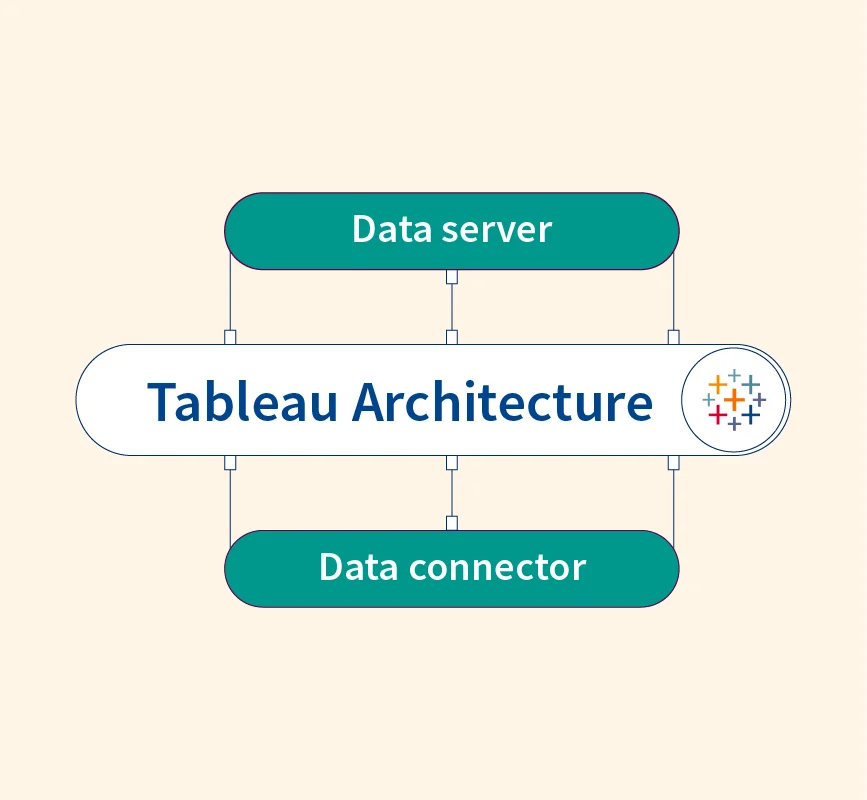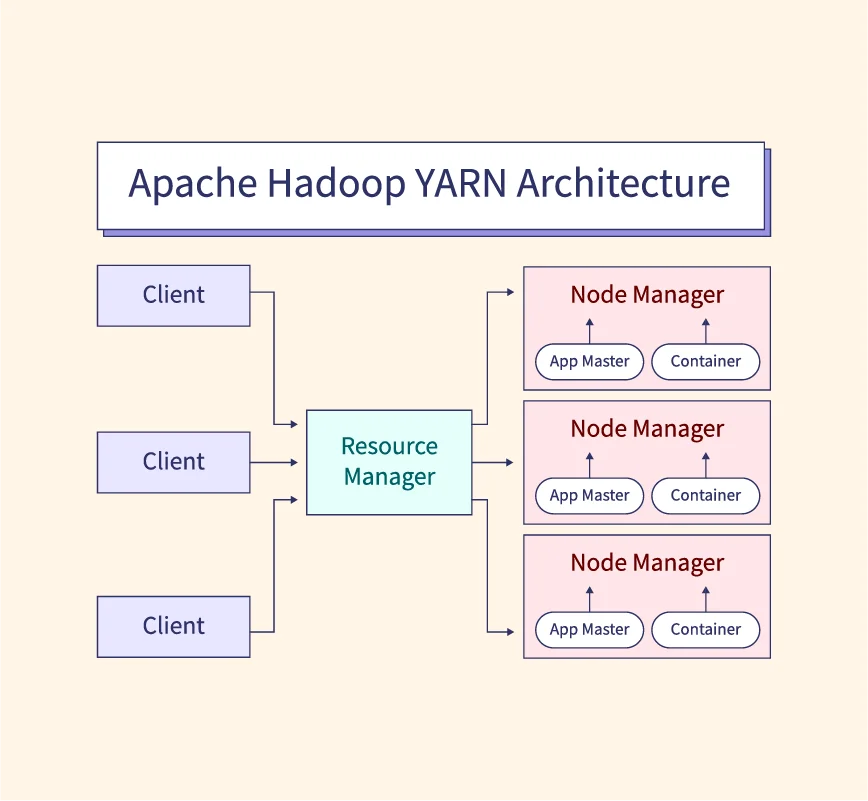Artificial Intelligence (AI) is revolutionizing education, transforming traditional classrooms into tech-enabled learning hubs. By incorporating AI-driven tools, educators can enhance teaching strategies and provide personalized learning experiences. From automated administrative tasks to adaptive learning systems, AI addresses various challenges in the education ecosystem. Its potential to improve accessibility, motivation, and engagement makes it a vital component of modern education. This article explores how AI is shaping the future of education, its benefits, challenges, and the path forward to harness its transformative capabilities responsibly.
Understanding AI in Education
Artificial Intelligence (AI) in education refers to the application of intelligent systems and algorithms to improve learning outcomes and streamline educational processes. AI tools can analyze vast amounts of data to personalize learning experiences, automate repetitive tasks, and enhance decision-making for educators and institutions.
Key concepts include adaptive learning systems that adjust content based on a student’s performance, natural language processing for language learning and grading, and predictive analytics for identifying at-risk students. AI integration spans various areas, such as smart content creation, virtual tutors, and collaborative learning platforms.
By embedding AI into the education ecosystem, institutions can achieve a balance between traditional teaching methodologies and modern technological innovations. These tools enhance accessibility, especially for students with disabilities, and optimize resource allocation to ensure every learner receives tailored support and opportunities.
Benefits of AI in Education
AI is transforming the education sector by introducing innovative solutions to traditional challenges. Below are the key benefits:
1. Personalized Learning
AI-driven adaptive learning systems analyze student performance to deliver tailored content. Platforms like Duolingo and Khan Academy leverage AI to adjust the difficulty of lessons, ensuring students learn at their own pace. By identifying gaps in knowledge, AI provides targeted exercises and resources, enhancing learning outcomes. Personalized tutoring systems offer real-time feedback, fostering a deeper understanding of concepts. This level of customization promotes student confidence and reduces the one-size-fits-all approach prevalent in traditional education.
2. Automated Administrative Tasks
AI streamlines administrative duties like grading, attendance tracking, and record management, saving educators valuable time. AI-powered tools can evaluate assignments and exams with consistent accuracy, reducing human error. Automated systems also send reminders and manage schedules, allowing teachers to focus more on teaching and student interaction. By automating these repetitive tasks, institutions can enhance efficiency and productivity.
3. Enhanced Engagement and Motivation
AI integrates gamification and interactive content into learning, boosting student engagement. Tools like AI-powered quizzes, virtual simulations, and chatbots make the learning experience more dynamic and enjoyable. Real-time feedback and challenges tailored to individual progress motivate students to stay committed to their educational goals. These tools transform passive learning into an active, participatory experience.
4. Accessibility for Diverse Learners
AI fosters inclusivity by creating tools for students with disabilities and language barriers. Speech-to-text applications, real-time translation tools, and AI tutors provide accessible learning experiences. For example, visually impaired students can benefit from AI-powered audio descriptions, while language learners gain from real-time translation and subtitling. This ensures education is accessible to a wider audience, regardless of their individual challenges.
5. Actionable Insights and Analytics
AI analyzes educational data to generate actionable insights for educators and institutions. Predictive analytics identify at-risk students, enabling timely interventions. Educators can access performance dashboards to track progress and identify areas needing improvement. Data-driven decisions help optimize teaching strategies and curriculum development, ensuring better educational outcomes.
Key AI Use Cases in Education
AI has revolutionized education through innovative use cases, enhancing the learning experience and addressing long-standing challenges.
1. Smart Content Creation
AI facilitates the creation of digital educational content, streamlining lesson planning and material development. Tools like ScribeSense and Content Technologies Inc. generate tailored lesson plans and textbooks that align with curriculum standards. Visualization tools, such as interactive diagrams and 3D simulations, make complex concepts more accessible. AI ensures that content is regularly updated with the latest information, helping educators stay current and provide accurate resources for students.
2. AI in Classrooms
Virtual tutors and AI assistants support teachers in delivering interactive lessons. For instance, tools like Thinkster Math use AI to provide step-by-step solutions and real-time feedback. AI-powered smart boards adapt lesson plans based on class progress, ensuring a dynamic and engaging experience. These technologies reduce teacher workload while fostering a collaborative learning environment. Additionally, AI assistants help manage classroom activities and answer students’ questions, enabling personalized attention in large classrooms.
3. AI in Examinations and Assessments
AI enhances assessment processes through automated grading systems and proctoring tools. Platforms like Examity and ProctorU use AI to monitor students during exams, ensuring integrity. Automated systems evaluate assignments, reducing bias and ensuring consistent grading. This saves educators significant time and resources while maintaining fairness and accuracy in evaluations.
4. Language Learning
AI-powered applications such as Duolingo and Babbel revolutionize language learning by offering interactive lessons and real-time pronunciation feedback. These tools adapt to learners’ proficiency levels, helping them progress efficiently. Features like gamified challenges and AI-powered speech recognition make the learning process engaging and effective, particularly for second-language learners.
5. Special Education Support
AI provides customized tools for students with special needs, fostering inclusivity. For instance, speech recognition and text-to-speech software enable communication for non-verbal learners. Vision-based tools like Seeing AI help visually impaired students access educational materials. AI-driven adaptive learning platforms offer tailored content for students with dyslexia, autism, and other challenges, ensuring they receive the support needed to thrive academically.
6. Skill Gap Solutions
AI bridges skill gaps by offering professional training and upskilling opportunities. Platforms like Coursera and LinkedIn Learning leverage AI to recommend courses tailored to individual career paths. AI assesses a learner’s strengths and weaknesses, enabling targeted development in areas requiring improvement. This is especially valuable in industries experiencing rapid technological advancements, ensuring professionals remain competitive.
7. Conversational AI for Self-Directed Learning
Generative AI models like ChatGPT enable self-directed learning by answering complex questions and generating educational content. These tools serve as virtual tutors, offering explanations, summaries, and solutions on demand. Students can explore topics at their own pace, with AI providing instant clarification and supplemental resources. Conversational AI platforms also create interactive quizzes and discussion prompts, enhancing critical thinking skills. By supporting autonomous learning, generative AI empowers students to take charge of their education.
Examples of AI in Education Platforms
AI-driven platforms are transforming education by making learning more personalized, accessible, and effective. Below are some leading examples and their applications:
Google Classroom
Google Classroom integrates AI to streamline administrative tasks, such as assignment grading and classroom organization. AI-powered tools within the platform, like grammar suggestions and plagiarism detection in Google Docs, assist teachers in managing their workload. The platform also leverages AI to recommend resources based on a student’s performance, fostering an adaptive learning environment.
Duolingo
Duolingo uses AI to personalize language learning. Its algorithms adapt lessons to each learner’s pace and proficiency, ensuring effective skill development. Features like real-time pronunciation feedback and gamified learning enhance engagement. Duolingo’s AI also predicts user retention and adjusts lesson difficulty to maximize learning outcomes.
Coursera
Coursera employs AI to curate personalized learning paths for users. Based on their career goals and prior knowledge, the platform recommends courses and certifications. AI-driven tools assess students’ progress and suggest supplementary resources, enhancing the learning experience. Coursera’s AI-powered grading systems and peer-reviewed assignments ensure efficient evaluation at scale.
Squirrel AI
Squirrel AI, a leading platform in adaptive learning, uses AI to analyze students’ strengths and weaknesses. It delivers personalized content tailored to each learner’s needs, enabling mastery of concepts at an individualized pace. The platform also provides real-time feedback and progress tracking, making it particularly effective for test preparation and skill-building.
These platforms exemplify how AI enhances education by automating processes, personalizing learning, and improving accessibility.
Challenges of AI in Education
While AI holds great promise in education, several challenges need to be addressed for its effective integration.
1. Data Privacy and Security Concerns
The adoption of AI in education raises significant concerns about data privacy and security. AI systems collect vast amounts of student data, including personal details, academic performance, and behavioral patterns. Without stringent data protection protocols, this information could be misused or fall prey to cyberattacks. Ensuring compliance with data privacy laws such as GDPR is critical. Schools and edtech platforms must implement robust encryption, anonymization techniques, and secure storage systems to protect sensitive student data while maintaining transparency in how the data is used.
2. Over-reliance on AI
AI’s increasing presence in education may lead to diminished human interaction, which is crucial for holistic learning. Over-reliance on AI could reduce opportunities for students to develop soft skills like empathy, teamwork, and communication. Furthermore, while AI can automate tasks, it cannot replace the nuanced guidance and emotional support that educators provide. Striking a balance between AI tools and traditional teaching methods is essential to maintain the human touch in education. Teachers must continue to play a central role, using AI as a supplement rather than a substitute.
3. Bias and Misinformation
AI systems are only as unbiased as the data they are trained on. In education, biased algorithms can perpetuate inequalities by favoring certain demographics over others. For example, AI-based grading tools may unintentionally disadvantage non-native speakers or students from underprivileged backgrounds. Similarly, misinformation generated by AI tools could negatively impact learning. Rigorous validation of AI models and diverse datasets are vital to mitigating these issues. Continuous monitoring and adjustments to algorithms can help minimize bias and ensure fair outcomes.
4. Cost and Infrastructure
The implementation of AI in education requires substantial investment in technology, training, and infrastructure. Many schools, especially in underfunded or rural areas, lack the financial resources to adopt AI solutions. High costs of AI platforms and the need for robust internet connectivity and hardware create barriers to equitable access. Governments, private organizations, and policymakers must collaborate to make AI solutions more affordable and accessible. Providing grants, subsidies, and low-cost infrastructure options can help bridge the digital divide and bring AI benefits to underserved communities.
How to Integrate AI in Education?
Effective integration of AI in education requires a strategic and structured approach. Here are the essential steps to ensure successful implementation:
Identify Use Cases
Begin by identifying specific areas where AI can add value. Examples include personalized learning, administrative automation, or improving accessibility for diverse learners. Focus on addressing current gaps or challenges in the education system and aligning AI tools with institutional objectives.
Set Clear Goals and Guidelines
Define measurable goals for AI implementation. For instance, aim to enhance student engagement by 20% or reduce administrative workload by 30%. Establish ethical guidelines to ensure AI applications respect privacy, avoid bias, and promote inclusivity. These benchmarks will help institutions evaluate the effectiveness of AI solutions over time.
Train Educators and Staff
Training is critical for successful AI adoption. Educators and administrators need to understand how to use AI tools effectively without losing their human-centered approach. Conduct workshops and provide resources to familiarize staff with AI systems. Highlight how these technologies can complement traditional teaching rather than replace it, fostering confidence in their usage.
Monitor Performance and Refine Systems
Once implemented, continuously monitor the performance of AI tools. Use feedback from students, teachers, and administrators to identify areas for improvement. Evaluate metrics like student outcomes, system efficiency, and user satisfaction. Regular updates and refinements ensure that AI systems adapt to evolving needs and technological advancements.
The Future of AI in Education
The future of AI in education promises transformative advancements across various domains. Here are some emerging trends and their potential impacts:
AI in Lifelong Learning
AI will increasingly support lifelong learning, tailoring educational experiences to learners of all ages. Platforms will evolve to provide ongoing skill development and career-focused training, ensuring individuals stay competitive in rapidly changing job markets.
Enhanced Accessibility through Wearable Devices
Wearable AI-powered devices, such as smart glasses and hearing aids, will bridge accessibility gaps. These technologies will enable students with disabilities to engage in educational activities more seamlessly, enhancing inclusivity in classrooms and virtual learning environments.
Virtual and Augmented Reality in Education
AI-integrated VR and AR technologies will revolutionize the learning experience. From interactive historical recreations to immersive science experiments, these tools will make education more engaging and practical. Students can explore complex concepts in a hands-on, virtual environment, fostering deeper understanding and retention.
Vision for AI-Enabled Global Education Accessibility
AI has the potential to democratize education on a global scale. With adaptive platforms and multilingual AI tutors, quality education can reach underprivileged regions, breaking barriers of language, geography, and resources. This vision aligns with the goal of universal education, empowering learners worldwide.
As AI technologies continue to evolve, the education sector must prioritize ethical considerations, ensuring equitable access and minimizing potential risks. The future of AI in education lies in creating a balanced, inclusive, and innovative learning ecosystem.
Conclusion
Artificial intelligence is reshaping education, offering unparalleled opportunities for personalized learning, accessibility, and administrative efficiency. By integrating AI responsibly, educators can enhance the quality of education and address existing challenges. While the potential benefits are vast, institutions must also navigate the ethical and practical challenges of AI implementation. A balanced approach will ensure AI serves as a complementary tool to traditional teaching, fostering meaningful learning experiences. The future of AI in education lies in creating equitable, innovative, and accessible solutions that empower learners and educators globally.
References:


